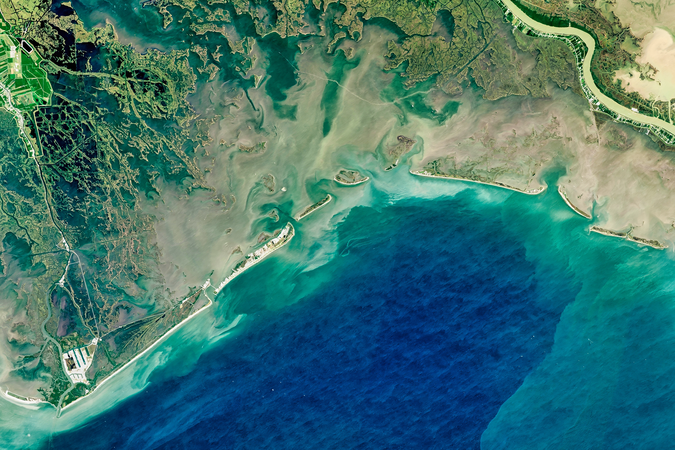Disasters as Learning Experiences or Disasters as Policy Opportunities? Examining Flood Insurance Purchases after Hurricanes
View Journal ArticleFlood insurance is a critical risk management strategy, contributing to greater resilience of individuals and communities. The occurrence of disasters has been observed to alter risk management choices, including the decision to insure. This has previously been explained by learning and behavioral biases. When it comes to flood insurance, however, federal disaster aid policy could also play a role since recipients of aid are required to maintain insurance. Using a database of flood insurance policies for all states on the Atlantic and Gulf coasts of the United States between 2001 and 2010, this article uses fixed effects models to examine how take-up rates respond to the occurrence of hurricanes and tropical storms, as well as disaster declarations and aid requirements. Being hit by at least one hurricane in the previous year increases net flood insurance purchases by 7.2%. This effect dies out by three years after the storm. A presidential disaster declaration for floods increases take-up rates by 6.7%. When disaster aid grants are made available to households, take-up rates increase by 5%; this accounts for the majority of the increase in policies after occurrence of a hurricane. When the models are estimated taking into account which policies are required by disaster aid, hurricanes are estimated to lead to only a 1.5% increase in voluntary purchases. This overlooked federal policy that disaster aid recipients insure is responsible for a majority of insurance purchases postdisaster.




